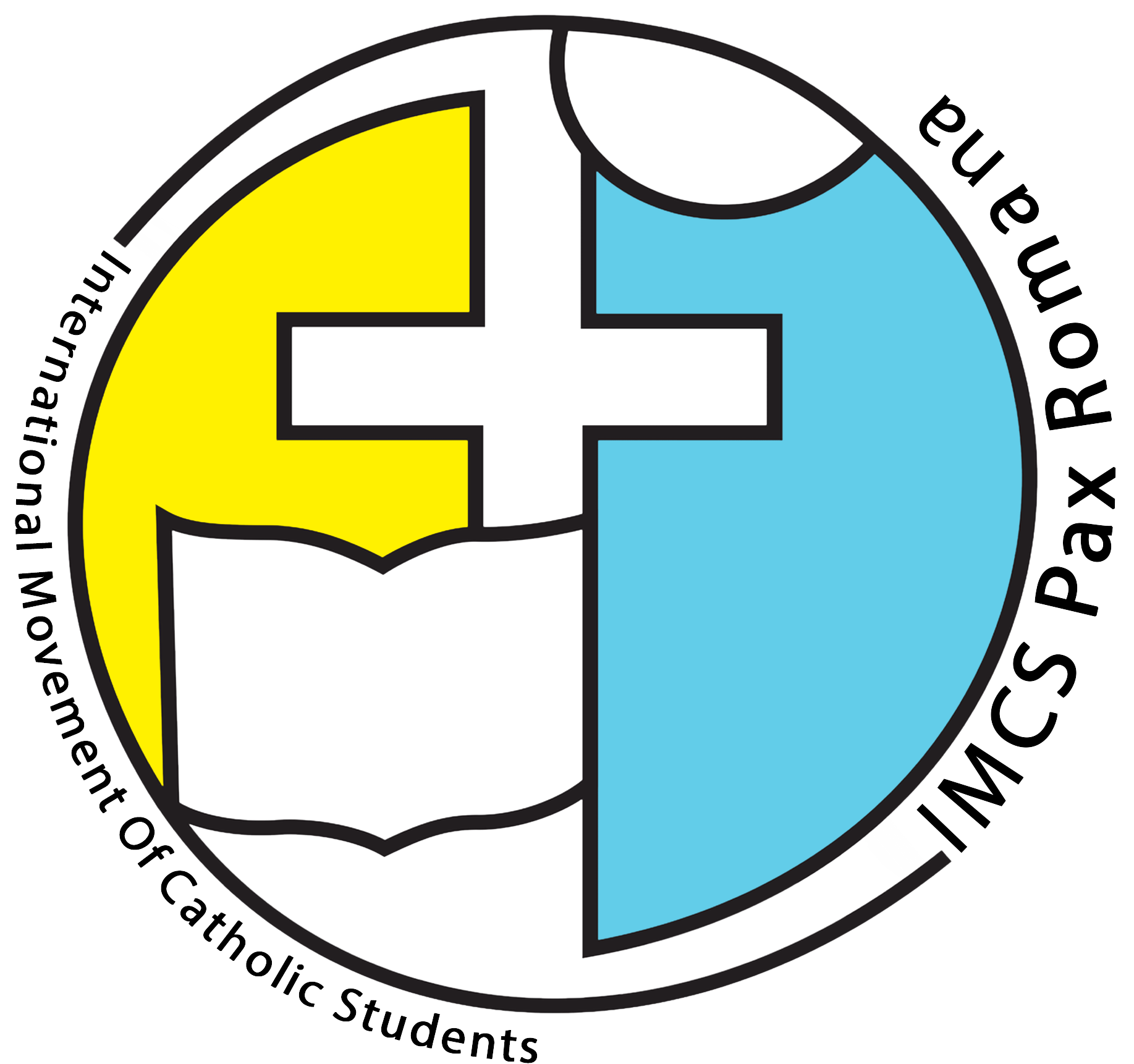Fr. Jojo M. Fung SJ
In his inaugural address, Pope Francis exhorts the 268 participants in the Pan Amazon Synod in St. Paul VI Hall, the morning of Oct 7, 2019, based on the theme: New Paths for the Church and for Integral Ecology, not to chase the Holy Spirit away for the Creative Spirit is the main protagonist of the synod. The Holy Spirit is discernible at work in the pre-synodal consultative process of honoring the magisterium of the baptized by listening to 87,000 people in the Amazon. Based on the keys concerns in the pope’s inaugural address, the discernible movement of the Holy Spirit is first of all a call to the Church in her evangelizing presence to be “prophetic and Samaritan ally” in the uphill journey of the Amazonian people.

God’s Spirit hovers over the Pan-Amazon that covers Brazil, Bolivia, Colombia, Ecuador, Peru, Venezuela, Suriname, Guiana and French Guiana, a basin important for its source of oxygen for the whole earth, where more than one third of the world’s primary forest reserves are found and one of the largest biodiversity reserves on the planet, containing 20% of the not frozen freshwater that supports a population of 33 million inhabitants, of whom 3 million are indigenous belonging to 390 diverse groups or peoples. It is a region plagued by (7th & 8th GC) “youth unemployment – the first and most serious form of exclusion and marginalization of young people…with alarming situations of slavery in the fields or in the city, tragic also the drama of child labor,” “the unbridled corruption that fuels inequalities and injustices” (9th GC), “youth sexual exploitation” (10th GC), “trafficking of human beings in all its dramatic facets, including prostitution, forced labor and organ trafficking… economic, social and cultural “colonialism,” subjecting the Amazon to “fires,” “wild capitalism and materialism,” and the “violence of ethnocidal extractivism,” turning this “earthly paradise” into “hell.” (8th GC)

The second pneumatic movement is to overcome “a homogenizing centralism,” or as the Synod calls it “a healthy decentralisation according to synodality” (6th General Congregation /GC) rather than an ideology so irreverential to the local cultures. “Ideology is a dangerous weapon,” the pope warned. “It’s reductive and leads us to exaggerate our pretense to intellectually understand [a culture] without admiring it or taking it up ourselves.” The subsequent movement is the need to approach the Amazon with a “disciple’s heart”, walking together with her people “on tip-toe,” respecting their diverse particular histories and cultures. This is echoed in the synod (5th GC) that calls for ecumenical and interreligious dialogue for a respectful liturgical inculturation in the traditions and languages of the local peoples, motivated by (12th GC) humility, “an attitude of dialogue based on the common conviction of being co-responsible in the care of the Common House.” This synodal path needs to take on the “values rooted in Jesus of a universal fraternity, of an integral ecology and of style of life inspired by the ‘good life’ [buen vivir]… promoting the heart of our Common Home, not only between friends, but also between those who are far away and think in different ways… as a response to the many egotistical proposals of our time.”
This discernible call of the pope is in line with an envisioned church that is polyhedron (Evangelii Gaudium, n.236). The term “polyhedron” explains that the different communities of believers “rich in their cultures, aspirations and potential” converges within the universal order, as advocated by the Synod (2nd GC), perceivably “the Church as a complex ecosystem with a ‘wonderful spiritual biodiversity.’” And each still “maintains their own individuality.” This calls for (5th GC) “respect and fruitfulness [as] these dimensions are fundamental for a Church that is characterized by a multicultural context” where “interculturality is more than a challenge” without “imposition from on high onto their own proper cultures.” As Cardinal Michael Czerny SJ avers, “One size does not fit all. In this region at this time, the challenge is to be a Church with an Amazonia and indigenous face/identity.” The synod affirms that the Amazonia Church must have (5th GC) “an indigenous face, favoring the logic whereby the peripheries move to the centre and the peripheries in a rich movement of mutual transformation” in order to (12th GC) “embrace a “symmetry of relationships” rather than “imposition or appropriation.” In an Amazonian Church, the Amazonians’ rights (12th GC) “to their culture, land, water and forests” (10th GC) their theology and their religion is a wealth that must be safeguarded in the interest of all mankind.” (5th GC)
This synod calls for “pastoral presence” rather than mere rare pastoral visits occasioned by the shortage of priests (12th GC). Structural change is needed in order to “ordain wise men of proven religious faith,” including “an indigenous permanent diaconate, the need to value lay ministry, greater effective participation and pastoral responsibility for women “whose presence is the sign of reconciliation and covenant for a less clerical church” (8th and 10th GC). By provision of canon Law, Pope Francis can grant permission to the local bishops for the ordination of married men and the institutionalization of the ministries of women (5th GC) in catechetical work, baptizing, conducting the liturgy of the word, preaching, distributing communion, presiding at weddings and even hearing confessions of dying persons (even though they cannot give absolution), described as diakonia and thus be ordained as deaconess. As Sr. Roselei Bertoldo, ICM insists, “We are church and we do Church” where women have a voice and a vote. At the same time, this synod (8th GC) issues a clarion call to value the affective formation of the seminarians, revaluing celibacy and chastity.
The crescendo of this synod, as indicated in the Final Document, is the call for “a true integral, ecological, synodal and pastoral conversion” towards a more inculturated Amazonian/Indigenous Church in solidarity with the universal church. This Amazonian Church will embody “a preferential option for the indigenous peoples,” enjoying an “Amazonia Rite” and a “lay ministerality” for women as ordained deaconesses, recognized catechists, acolytes and lectors, and for men as ordained married priests and permanent deacons for the remote indigenous communities who will boldly take up the pastoral responsibilities and the challenges of an integral ecology and readily responds to the cries of the indigenous communities and of the Amazon-Earth.
Fr. Jojo M. Fung, SJ,
Incoming International Chaplain for Pax Romana IMCS International Team (2020-24)
Share This:

IMCS Asia Pacific
The International Movement of Catholic Students (IMCS) Asia Pacific is a dynamic regional organization dedicated to empowering young Catholics to actively engage in social justice, human rights, and sustainable development. Through education, advocacy, and collaboration, IMCS aims to nurture leadership, build solidarity, and inspire students to be agents of change within their communities and beyond.
@2020 - IMCS AP - All Rights Reserved.

Leave a Reply